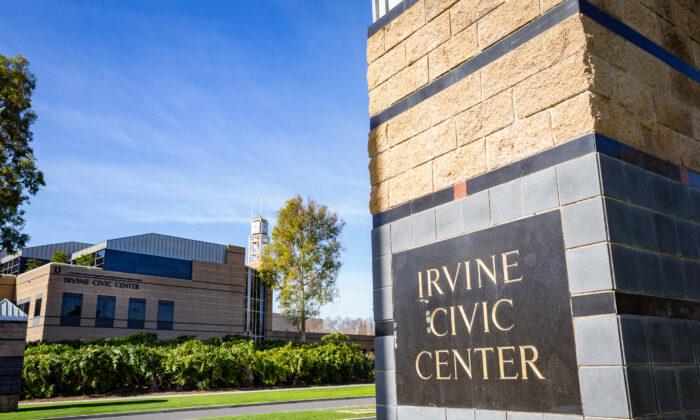A review of the Orange County Power Authority (OCPA) identifies how the community is gamed and drained of millions of dollars in benefits, despite promises to save money for residents.
Drain #1: OCPA’s $22.6 million annual cash grab
Irvine, Huntington Beach, and Buena Park recently enrolled in OCPA’s 100 percent renewable product. According to pricing from Southern California Edison, the cities could have purchased the same 100 percent renewable content from the utility and collectively saved $21.7 million dollars per year.The average homeowner or renter will pay about $6.50 per month extra, and likely more by the time residential enrollments begin in many months.
OCPA’s fourth city member, Fullerton, remains in the program’s mid-priced 69 percent renewable Smart Choice. Fullerton residents spend $900,000 per year extra to receive 31 percent less renewable energy.

By choosing Edison’s 100 percent Green Rate offering, the four cities would also have eliminated Edison’s ongoing exit fees and $3 billion in OCPA contract liability.
- Ratepayer equity—there is zero consideration for sweeping consumers into OCPA’s highest-priced energy programs. Community Choice consultants have honed the enrollment and notification process, designing opt-out notices that are easily discarded by homeowners with junk mail. Community Choice programs control the opt-out process (one agency even bragged about its “retention rate” for opt-out requests). Asserting that consumers can easily exit from these programs is self-serving for an agency representing itself as a transparent advocate for the common person.
- Community outreach—there is zero education that facilitates transparent choice about 100 percent renewable energy programs;
- Reinvesting back into the community—one of OCPA’s first steps was executing power contracts with European oil giant Royal Dutch Shell subsidiary Shell Energy. OCPA not only exports money out of California, it “reinvests in the community” by supporting a company that state and federal regulators have charged with gaming California’s energy market along with Enron.
Drain #2: OCPA disregards $82 million (minimum) commitments per year
Orange County Power Authority was originally sold on the basis of reducing energy prices by 5 to 9 percent compared to Edison’s rates. Huntington Beach’s OCPA Board representative Mike Posey fancied himself a “champion of the taxpayers.”Few people looked back. Who didn’t want clean energy for an even lower price than Edison’s?

Then Posey introduced board motions in early January that reversed original commitments.
First, prices for OCPA’s default product, Basic Choice, no longer saved money, giving way to “at parity” (aka mirroring) pricing with Edison. To worsen matters, OCPA’s consultants reported that achieving “at parity” pricing required off-loading costs from Basic Choice into the agency’s pricey Smart Choice and 100 percent renewable products.
To support the cost shuffle, OCPA needed ratepayers to buy its high-cost premium products.
The second switch delivered by Posey’s OCPA board motion involved city enrollments, which would now be default-enrolled into the agency’s more expensive Smart Choice renewable product, along with metered customers within those cities. This instantly fulfilled the accounting scheme’s needed supply of subsidy-paying ratepayers.
Amid OCPA’s self-congratulations, hard questions remain. What happens when the economy tilts and premium-paying ratepayers flee to the lower-cost Basic Choice “at parity” program—who funds the subsidies? What happens then, when large numbers of consumers opt out of OCPA?
Drain #3: Steamrolling communities with fictitious “price savings”
City of Lancaster and Town of Apple Valley: Both cities operate Community Choice Energy programs that launched amid promises to save consumers money compared to Southern California Edison.Telling for OCPA’s future, both agencies employ the same rate-setting consultant with whom OCPA recently executed a whopping $2.4 million contract.

Drain #4: “Benchmarking”—regularly siphoning cash from your bank account
OCPA says the new standard for its lowest-price product, Basic Choice, is to “maintain parity” with Edison. The practice is known as “benchmarking.”Ratepayers should expect OCPA’s “at parity” prices to eventually exceed Edison’s, as now occurs at many Community Choice Energy programs. Price hikes are inevitable as OCPA proponents come to terms with trying to eke a profit in a commodity market whose net margins are inherently tiny.
OCPA’s lack of delivered benefits is covered up with propaganda and city councils’ failures to scrutinize the agency’s morphing record. OCPA is preparing to steamroll Orange County and pave easy street with your cash.
There’s only one true “Community Choice”—opt out of OCPA.





